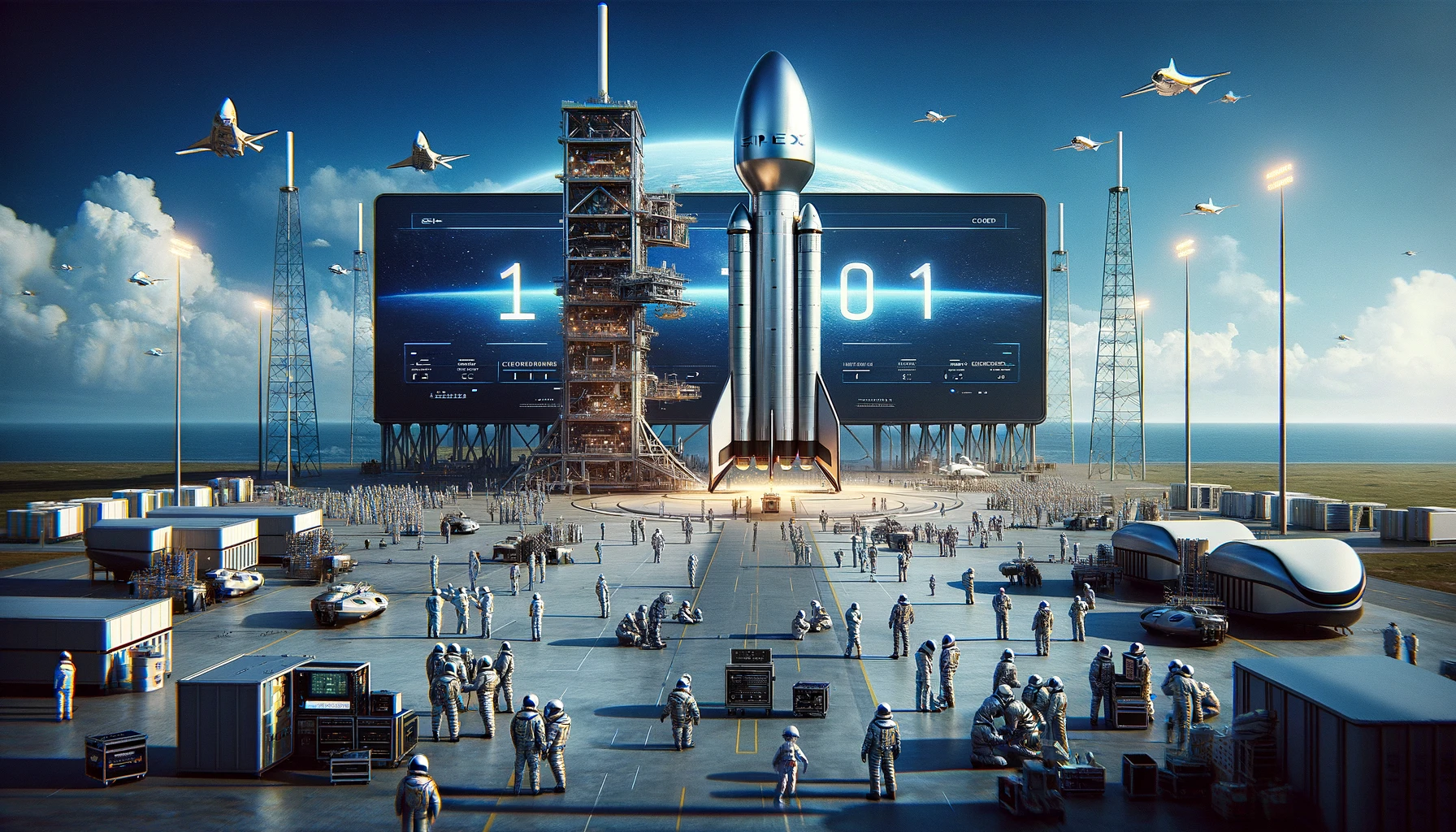The space exploration frontier is abuzz with anticipation as SpaceX gears up for the pivotal second test flight of its Starship spacecraft, scheduled for November 17. Following a dramatic initial test in April, which ended in an explosion, SpaceX has made significant modifications to enhance the safety and performance of its next-generation spacecraft.
The Federal Aviation Administration (FAA) played a crucial role in this development, having grounded Starship post-April’s mishap. The explosion resulted in widespread debris across SpaceX’s facility and nearby Boca Chica State Park, igniting wildfires and causing environmental concerns. The FAA demanded extensive corrective measures from SpaceX, including a comprehensive vehicle redesign to prevent leaks and fires. Their rigorous review concluded in September, but further environmental assessments with the U.S. Fish and Wildlife Service (USFWS) were necessary before granting flight clearance.

SpaceX’s ambitious plans for Starship include missions to geosynchronous orbit, the moon, and even Mars. This fully reusable spacecraft, towering taller than the Statue of Liberty, is pivotal to SpaceX’s future in space exploration. The upcoming test flight aims to replicate the intended journey of circling the planet and splashing down near Hawaii, a feat not achieved in the previous attempt.
Safety and Environmental Concerns
The FAA and USFWS’s involvement underscored the importance of addressing both safety and environmental impacts. The agencies ensured SpaceX met all necessary criteria, focusing on mitigating damage through reduced sound waves, vibration control, and enhanced fire suppression systems. The post-explosion safety review revealed that an onboard fire had impeded the separation of Starship’s stages, leading to the automated destruction of the vehicle. SpaceX has reportedly made hundreds of design changes based on these findings.
Impact on NASA’s Lunar Plans
Starship’s significance extends beyond SpaceX’s ambitions, playing a vital role in NASA’s lunar exploration goals. The rocket is central to NASA’s Artemis III mission, slated for 2025, aiming to land humans on the moon’s surface for the first time since 1972. A successful test flight is crucial for maintaining the timeline of NASA’s lunar expeditions.
As the launch window approaches, SpaceX has signaled readiness, with plans for a live stream to capture this historic event. The anticipation surrounding this test flight is palpable, with its outcome potentially influencing the future trajectory of human space exploration. While the previous test exceeded some expectations, it fell short of its ultimate goals, leaving space enthusiasts and experts eagerly awaiting the results of the revamped Starship’s journey.
With the eyes of the world on SpaceX, the upcoming flight represents more than a technological feat; it’s a testament to resilience, innovation, and the unyielding quest to push the boundaries of human capability in space.










